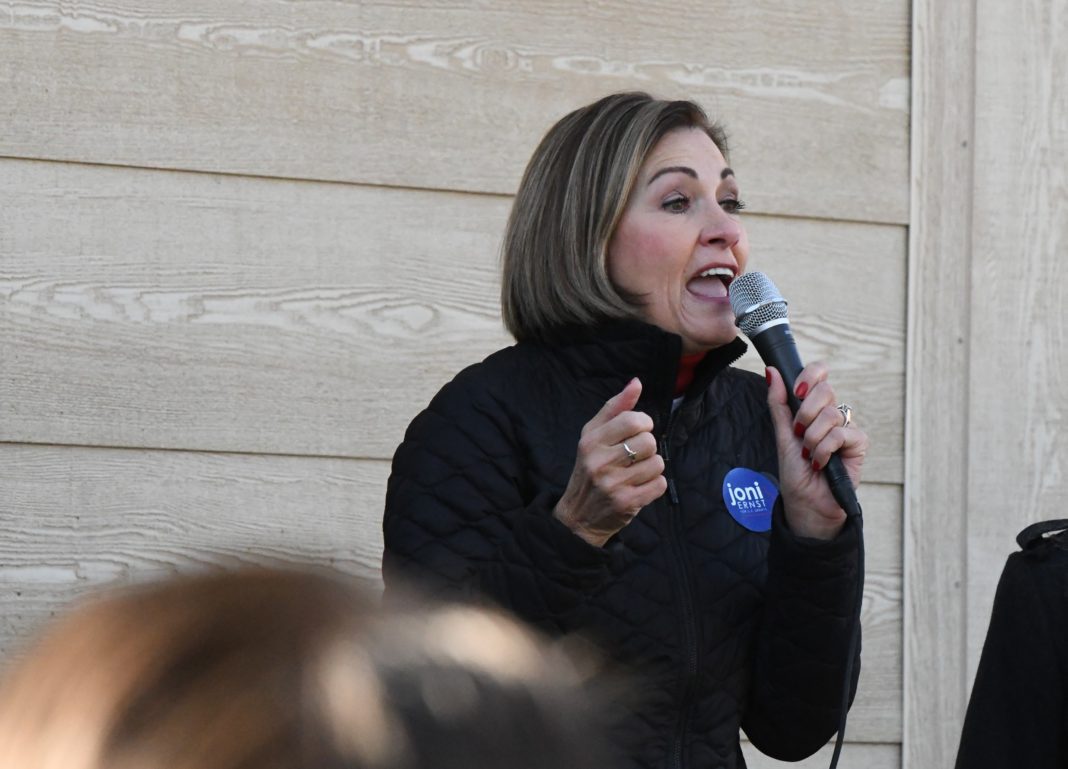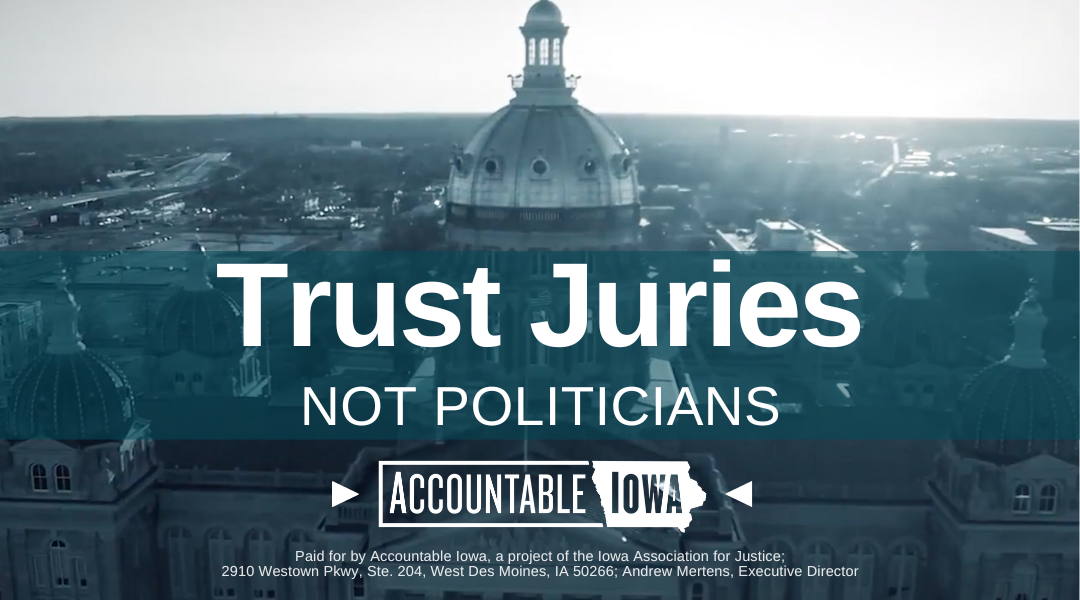Sometimes it is difficult to remember a specific timeframe of something that seemed to drag on and on…and on…and on, like the COVID plandemic.
This is why it is important to continue to revisit what happened, how it happened and when it happened so we don’t just forget until it happens again, which obviously means it will be too late to fix it.
In November of 2020, Iowans were placed under new restrictions twice by Gov. Kim Reynolds, who issued a new public health emergency declaration.
This was eight months after Trump declared the national emergency due to COVID.
On Nov. 10, Reynolds issued a new proclamation that prohibited any social, community, recreational, leisure or sporting gatherings with more than 25 people inside or 100 people outside were prohibited unless everyone 2 and older wore a mask. Groups attending the events were limited to eight people and social distancing was required.
Just two spectators per participant were allowed to attend youth and high school sports.
The eight-person group limitation applied at restaurants and bars as well. Masks were required for employees and customers a businesses providing personal services.
Reynolds said personal responsibility also means “personal sacrifice.”
At the time, Reynolds said Iowans were “becoming very relaxed” and “not taking the precautions…like they were before.”
She added enforcement of her new restrictions would include “educating, informing and as a last result, issuing a misdemeanor.”
Then, on Nov. 17, Reynolds issued even more restrictive COVID policies through her emergency powers.
This time, social gatherings were limited to 15 people inside and 30 people outside. That included weddings, funerals, family gatherings (Thanksgiving), festivals, conventions and other “nonessential” gatherings.
Only high school, college and professional sports were allowed to happen. And, for those events, athletes were allowed to have no more than two spectators and all spectators 2 or older needed to wear a mask.
Anyone 2 or older needed to wear a mask in public indoor spaces.
Restaurants and bars were still required to close from 10 p.m. until 6 a.m. Groups in those businesses could not exceed eight people and were required to maintain six feet of social distancing.
Food offered at bowling alleys, pool halls, bingo halls, arcades, indoor playgrounds and children’s play centers could only be served as carry-out, drive-through or delivery.
The Iowa Standard believes it is imperative Iowa lawmakers reform the governor’s emergency powers. However, we fear the further we get away from the plandemic, the less likely lawmakers will be to correct all the wrongs.
So, we will continue to remind people about how COVID played out in real-time.

















